Here are some fascinating facts about Amazon River, one of the most iconic and important rivers in the world:
The Amazon River, one of the world’s most famous and important waterways, is much more than just a river. It’s a lifeline for millions of people and a key player in the health of our planet. Spanning over 4,000 miles, the Amazon River winds its way through the dense jungles of South America, offering both breathtaking beauty and essential services to the ecosystems, animals, and human communities along its banks. Whether you’re a nature lover, an adventure seeker, or simply curious about one of Earth’s greatest wonders, the Amazon River offers a journey through the heart of nature’s very own wonderland.
Where Does the Amazon River Start?
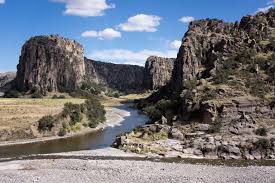
Let’s start with the basics: where does the Amazon River begin? It might surprise you to know that the river doesn’t start in a giant lake or even in a big city, but in the high Andes Mountains of Peru. In these mountains, a small stream called the Apurímac River starts as tiny mountain runoff, making its way down and eventually merging with other rivers until it becomes the massive Amazon.
However, some might argue that the Amazon begins in the far-off headwaters of other rivers, like the Ucayali River, which is often considered the primary source. Regardless of where exactly the Amazon’s origins lie, the path it takes is nothing short of remarkable, traveling through dense rainforests, flat plains, and eventually ending in the Atlantic Ocean. The river’s influence on the land around it is profound, shaping the landscape and ecosystem for thousands of years.
Size and Length: Bigger Than You Think
The Amazon River isn’t just another river on the map; it’s an absolute giant in both size and scale. Stretching across approximately 4,345 miles (7,062 kilometers), it is the second-longest river in the world, coming just after the Nile River. What’s crazy is that, depending on how you measure it, the Amazon could even claim the title of being the longest river, with some measurements of its headwaters suggesting it’s even longer than the Nile.
To put its size into perspective, the Amazon River’s basin, the area it drains, covers roughly 40% of South America. That’s 2.7 million square miles (7 million square kilometers)! It’s so vast that it’s home to one-fifth of all the flowing water on Earth. To navigate it fully would take months, and even then, you’d only be able to see a fraction of its beauty.
The Amazon Rainforest: A Forest Like No Other
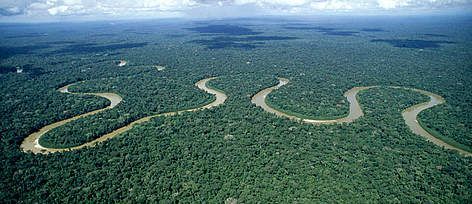
When you think of the Amazon River, you can’t help but think of the Amazon Rainforest. The river and the rainforest are inextricably linked, and together, they form one of the most biodiverse places on the planet. Spanning over 2.1 million square miles (5.5 million square kilometers), the Amazon Rainforest is often referred to as the “lungs of the Earth” because it produces a significant portion of the planet’s oxygen.
But it’s not just about oxygen. The forest is home to an astounding number of species — over 390 billion individual trees and countless animals, insects, and plants that can’t be found anywhere else in the world. From the towering kapok trees to the venomous poison dart frogs, the Amazon is a living laboratory for scientists and adventurers alike. It’s a place where life is everywhere, from the massive predators like jaguars and anacondas to the smallest creatures like colorful butterflies and microscopic organisms that play essential roles in the ecosystem.
The relationship between the river and the rainforest is crucial. The Amazon River acts as a water source, providing nutrients and moisture to the land around it. The river’s seasonal flooding is a big deal. It regularly overflows its banks, covering large portions of the forest and leaving rich deposits of sediment that help the plants grow. This flooding also allows for the creation of flooded forests, home to unique fish species and other wildlife.
Incredible Wildlife

The Amazon River’s wildlife is some of the most fascinating on Earth. Whether it’s the vibrant fish, the elusive mammals, or the strange reptiles that call this river home, the diversity of life is simply mind-blowing.
Take the pink river dolphin for instance. This species of dolphin is unique to the Amazon and is easily recognizable due to its bright pink color. Unlike other dolphins found in the ocean, pink river dolphins have adapted to life in the freshwater of the Amazon. Their long, flexible beaks are perfect for hunting in the dense, murky waters of the river.
Then, there’s the infamous piranha. The Amazon is home to many types of piranhas, but they’re not the bloodthirsty man-eaters that movies make them out to be. Sure, they can be aggressive and have sharp teeth, but they mostly feed on smaller fish, plants, and occasionally dead animals. In the waters of the Amazon, piranhas play an important role in the ecosystem, helping to keep things clean.
The Amazon River is also home to the Amazonian manatee, a massive but gentle creature that spends most of its life submerged. These river dwellers are endangered, with habitat destruction and hunting threatening their existence. The Amazon also shelters the Anaconda, the world’s heaviest snake, which can grow to over 30 feet long. If you’re lucky (or unlucky, depending on your perspective), you might spot one of these monstrous reptiles coiled along the riverbanks.
The People of the Amazon
The Amazon River is not just a natural wonder; it is also home to millions of people. Indigenous communities have lived along its banks for thousands of years, and their cultures are as rich and diverse as the landscape itself. There are around 350 different indigenous groups in the Amazon Basin, each with its own language, traditions, and relationship to the land.
For these communities, the river is central to life. It provides water, food, and transportation. The people here rely on the river for fishing, using traditional techniques passed down through generations. Many communities live in riverside villages and use small boats to navigate the winding waterways. The river is more than just a resource — it’s a source of connection, identity, and survival.
In more modern times, cities like Manaus in Brazil have sprung up along the Amazon, becoming hubs for trade and commerce. Manaus, for example, serves as a central point for the surrounding rainforest and the river’s tributaries. While these urban areas are growing, they’re often in a delicate balance with the surrounding environment, as development encroaches on the rainforest and puts pressure on the river’s natural ecosystems.
The Amazon River’s Environmental Challenges
Unfortunately, the Amazon River and its surrounding rainforest are facing serious threats. Deforestation is one of the biggest problems, as large areas of the forest are being cut down for logging, agriculture, and cattle ranching. As the trees disappear, the delicate balance of the ecosystem is disrupted, and the Amazon’s ability to produce oxygen and regulate climate patterns is weakened.
In addition, illegal mining operations have polluted parts of the river with mercury, damaging wildlife and the people who rely on the water for their survival. Climate change is also playing a role, with rising temperatures and altered rainfall patterns affecting the flow of the river and the health of the rainforest.
But it’s not all doom and gloom. Efforts to protect the Amazon River and its rainforest are ongoing. Governments, NGOs, and local communities are working together to preserve this natural wonder for future generations. There’s hope that through sustainable practices, eco-tourism, and conservation efforts, we can ensure that the Amazon continues to thrive.
Conclusion: A River Like No Other
The Amazon River is far more than just a river. It is a symbol of the incredible diversity and beauty of nature. It’s a source of life, a playground for wildlife, and a home to millions of people. It flows through some of the most biodiverse ecosystems on the planet and holds secrets yet to be discovered.
As the world faces environmental challenges, the Amazon River stands as a reminder of how interconnected we all are to the natural world. The river’s health is essential not just for the people and wildlife of South America, but for the entire planet. Whether we explore it from afar or venture into its depths, the Amazon reminds us of the beauty, mystery, and fragility of nature. It’s up to all of us to protect this natural treasure and ensure its legacy continues for generations to come.





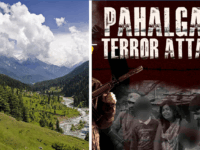




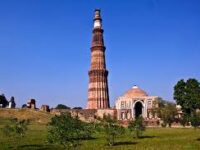







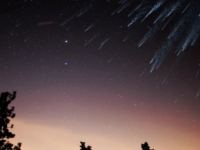



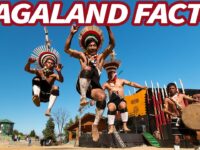
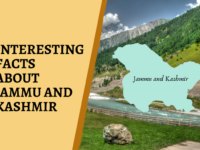
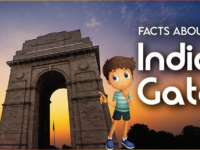

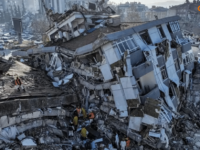





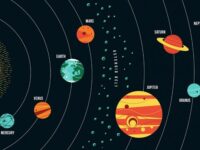



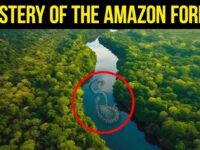



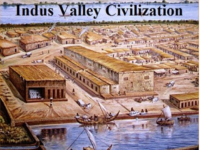
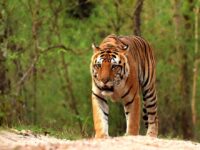

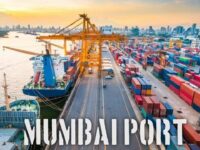


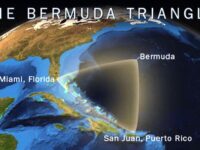
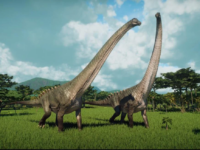
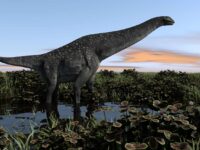



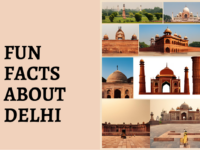


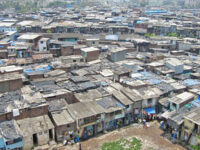

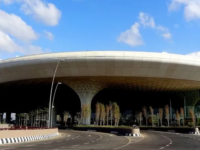







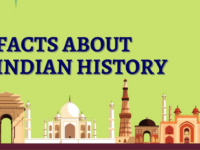
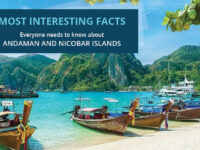
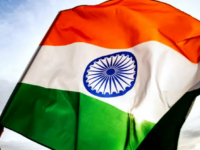
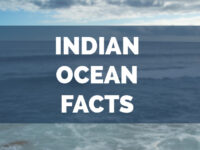

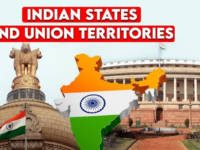

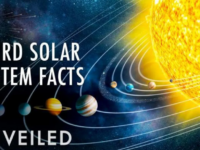
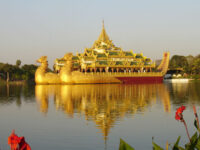




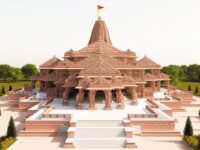



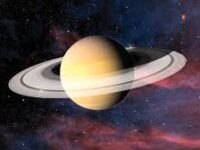















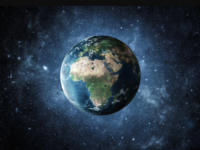



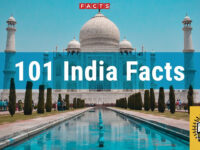
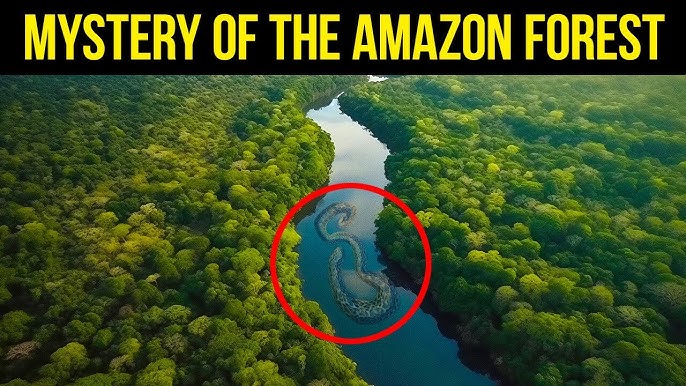
0 Comments